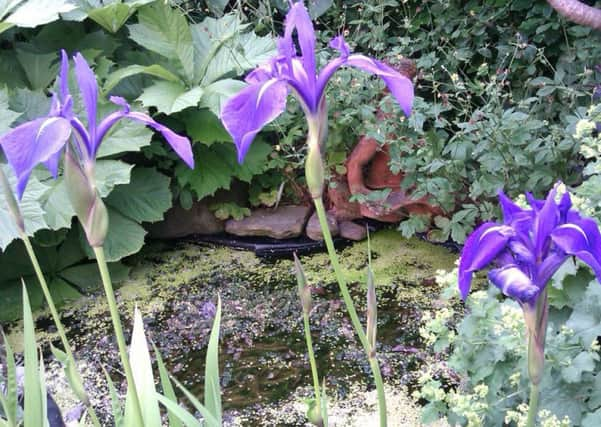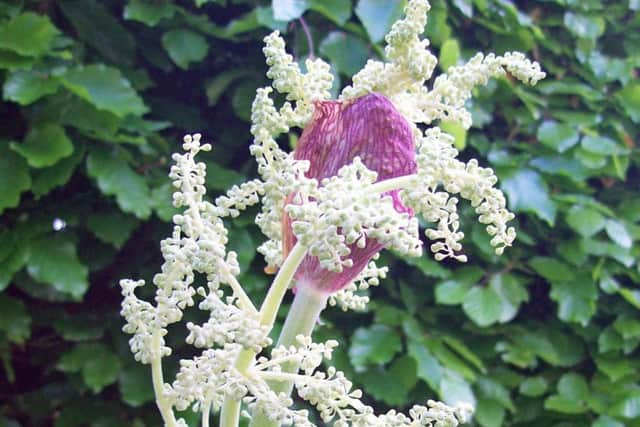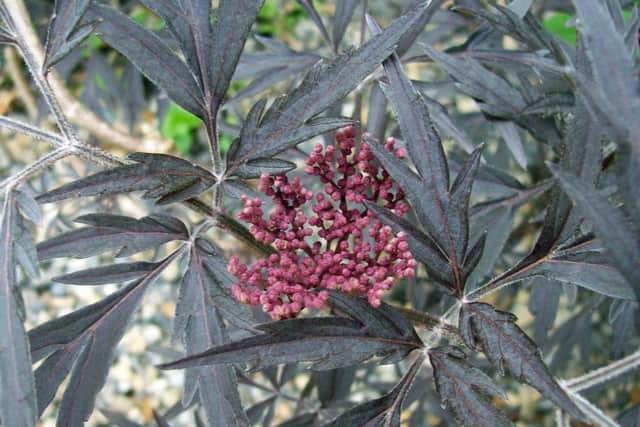GARDENING: Nine tips to recover from and take advantage of waterlogging
This article contains affiliate links. We may earn a small commission on items purchased through this article, but that does not affect our editorial judgement.


Here’s nine tips to help your waterlogged garden recover:
1. Vegetable gardeners shouldn’t sow until the soil is dry enough in spring - start off crops in modules to plant out later.


2. Waterlogging and soil compaction can create ideal conditions for phytopthora (root rot) and other fungal attacks, so watch out for symptoms - wilting, yellow or sparse foliage and branch dieback.
Advertisement
Hide AdAdvertisement
Hide Ad3. Remove any dead, diseased or dying shoots as soon as you see them so disease doesn’t spread.
4. When the soil has started to dry out, dig it over to help create an open structure. Work from boards to avoid compaction.
5. Fruit trees and bushes may suffer from root rots and be liable to wilting in hot, dry spells. Mulch, water and feed during the growing season to encourage new root growth.


6. On clay soil, use plenty of organic matter and horticultural grit before planting to improve soil structure and drainage. Nutrients will have been washed away in free-draining soil, so add compost to bulk up the soil and add nutrients.
Advertisement
Hide AdAdvertisement
Hide Ad7. Build a drainage system or soakaway. Dig ditches filled with gravel to drain water, or talk to a builder about a pipe drainage system.
8. Replace losses with water-tolerant trees and shrubs, such as Cornus alba, C. stolonifera, Hydrangea macrophylla, H. paniculata, Kerria japonica, Leycesteria formosa, Weigela, Salix, Betula, Sambucus, Liquidambar, ash and amelanchier.
9. If things are really soggy, make a bog garden, which is an excellent habitat for wildlife. Suitable plants include Iris ensata, I. laevigata, I. pseudacorus, I. sibirica, primulas, Actaea, Astilbe and Carex, plus the magnificent leaves of Gunnera, hostas, Rheum and Rodgersia.


JOBS FOR THE WEEKEND
Prune apple and pear trees - at least get rid of any branch that’s dead, damaged, diseased or rubbing on another one. Then spray your trees with winter wash or home-made garlic spray, which will kill insect eggs.
Advertisement
Hide AdAdvertisement
Hide AdMulch borders with leaf mould, compost, well rotted manure, or even old gro-bags, at least two inches thick.
Plant lily bulbs in pots and in borders during mild spells.


Cut off old leaves of Hellebores that produce flowers from ground level so you can see them. Watch out for hellebore leaf spot.
Start cutting back grasses that have been left for winter structure - the winds will have battered them by now.
During dry, mild spells, you can still lift and divide herbaceous perennials.
Advertisement
Hide AdAdvertisement
Hide AdInspect stored tubers of dahlias and cannas. Too damp and they will rot, too dry and they will die.
Some pots outside under eaves or balconies may need watering. Keep them moist (not too wet), and don’t let them dry out.
Plant bareroot deciduous hedging, trees and roses, staking before planting, so you don’t damage the rootball. Move deciduous trees and shrubs, if the ground is not frozen or waterlogged.
Indoor forced bulbs for Christmas displays, which have finished flowering, can be left outside in a sheltered spot, to die down.
Advertisement
Hide AdAdvertisement
Hide AdIn a cold snap, place floats on the surface of ponds to keep them from freezing over - this can be fatal for fish and pond life.
To make a hole in frozen ponds, hold a saucepan of hot water on the surface until melted through. Do NOT crack the ice.
GET IN TOUCH
For more on these topics, plus cook what you grow, traditional recipes, North East information, environmental news and more, log on to www.mandycanudigit.com (now smartphone friendly), www.sunderlandecho.com/gardening, follow me on Twitter @MandyCanUDigIt or you can like me on Facebook at Mandycanudigit